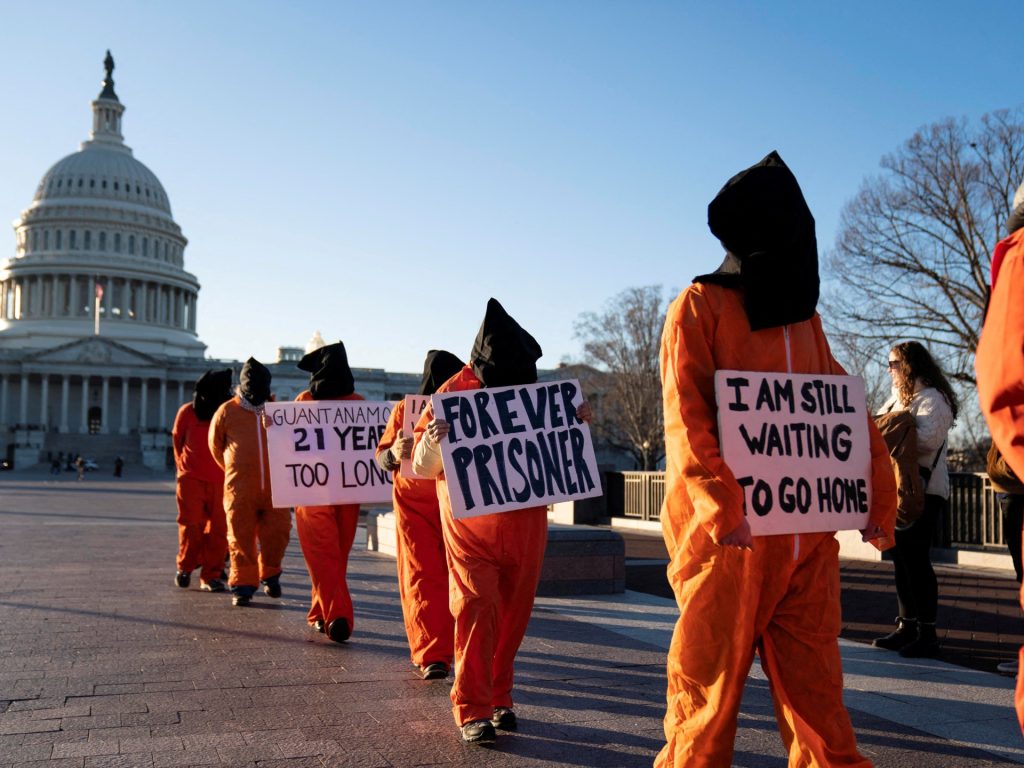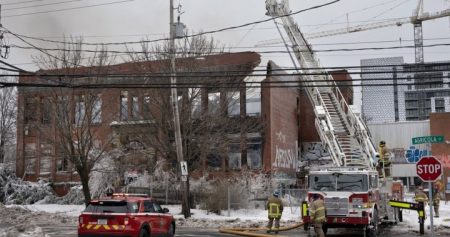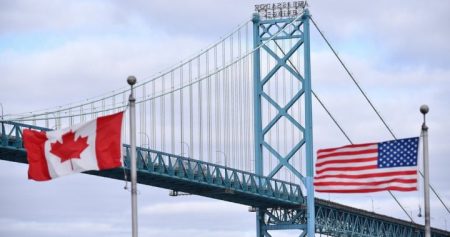A New Chapter in Immigration Enforcement: Migrants Flights to Guantanamo Bay
The Donald Trump administration has sparked controversy by initiating a new practice of sending undocumented migrants from the United States to Guantanamo Bay, Cuba. This move, framed as a continuation of past immigration enforcement practices, has drawn sharp criticism from immigration experts, human rights advocates, and legal scholars. While Guantanamo Bay has historically been associated with the detention of terrorism suspects following the 9/11 attacks, it has also been used in the past to hold migrants intercepted at sea. However, the Trump administration’s approach differs significantly from previous practices, raising questions about legality, due process, and humanitarian concerns.
Secretary of Homeland Security Kristi Noem has defended the move, stating that Guantanamo Bay has long been a site for immigration detention and that the administration is simply expanding its capacity. She emphasized that the government intends to detain “high-priority criminal aliens” at the facility. Despite her claims, immigration experts argue that this use of Guantanamo Bay represents a significant shift in policy, particularly in terms of who is being detained and under what conditions.
A Historical Perspective: Guantanamo Bay and Migrant Detention
Guantanamo Bay’s history as a migrant detention center predates its infamous role as a prison for terrorism suspects. In the early 1990s, the U.S. Coast Guard held thousands of Haitians and Cubans intercepted at sea at the base’s Migrant Operations Center. At its peak in 1994, the facility housed 12,000 Haitians and 33,000 Cubans in tent-like structures surrounded by razor wire. These migrants were fleeing political instability, violence, and poverty in their home countries, but many were denied the opportunity to apply for asylum in the United States.
Conditions at the facility were harsh, with migrants lacking access to basic necessities, legal representation, and medical care. For example, many Haitians were barred from entering the U.S. due to being HIV-positive, while others were forced to wait indefinitely for a third country to accept them. The Migrant Operations Center closed in 1996, but its legacy serves as a stark reminder of the challenges faced by migrants seeking refuge in the U.S. In recent years, the facility has held only a handful of people, mostly those intercepted at sea by the Coast Guard, until the Trump administration’s decision to expand its use.
The Trump Administration’s New Approach: Key Differences
The Trump administration’s decision to send migrants detained on U.S. soil to Guantanamo Bay marks a significant departure from past practices. Previously, the facility was used to detain migrants intercepted at sea, but now, the administration is targeting individuals who were already on U.S. territory. This shift has raised legal and ethical concerns, as migrants detained on U.S. soil have certain rights and protections under federal law that may not be upheld in Guantanamo Bay.
Additionally, the administration plans to detain up to 30,000 migrants at the facility, a number not seen since the 1990s. This expansion has led to concerns about overcrowding, inadequate conditions, and the potential for human rights abuses. Furthermore, the first group of migrants sent to Guantanamo Bay under Trump’s plan were placed in the same detention centers previously used for terrorism suspects, rather than the Migrant Operations Center, which has historically been used for immigration detention.
Legal and Humanitarian Concerns: A Troubling Precedent
The Trump administration’s use of Guantanamo Bay for migrant detention has sparked intense legal debate. Critics argue that sending migrants detained on U.S. soil to the facility undermines their rights and sets a dangerous precedent. Under federal law, individuals detained in the U.S. for immigration violations are entitled to certain protections, including access to legal counsel and due process. However, the remote location of Guantanamo Bay raises concerns about whether these rights will be respected.
Human rights groups have also raised alarms about the conditions at the facility. Migrants detained at Guantanamo Bay lack access to basic necessities, including medical care, education, and potable water. They are also unable to communicate freely with lawyers or openly discuss the poor conditions they face. These issues have led organizations like the American Civil Liberties Union (ACLU) to demand access to the migrants to ensure they receive legal representation and to monitor their treatment.
The Future of Guantanamo Bay: A symbol of Contention
The Trump administration’s decision to expand migrant detention at Guantanamo Bay has significant implications for the future of immigration enforcement and human rights in the U.S. While officials claim the detentions will be temporary, the lack of clarity about how long migrants will be held and under what conditions has fueled concerns about indefinite detention. The U.S. Supreme Court has ruled that migrants cannot be held indefinitely in immigration detention, but the administration’s plan to detain some migrants in Guantanamo Bay for extended periods complicates this issue further.
As the debate over Guantanamo Bay’s role in immigration enforcement continues, the facility remains a symbol of contention. Its history as both a migrant detention center and a prison for terrorism suspects underscores the complexities of U.S. immigration and national security policies. The Trump administration’s actions have reopened old wounds and raised new questions about the balance between enforcement, human rights, and the rule of law.
Moving forward, the use of Guantanamo Bay for migrant detention will likely remain a flashpoint in ongoing discussions about immigration reform, due process, and the treatment of vulnerable populations. The administration’s move has set a troubling precedent, one that could have far-reaching consequences for migrants, advocates, and the legal landscape of the United States.












